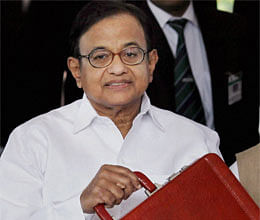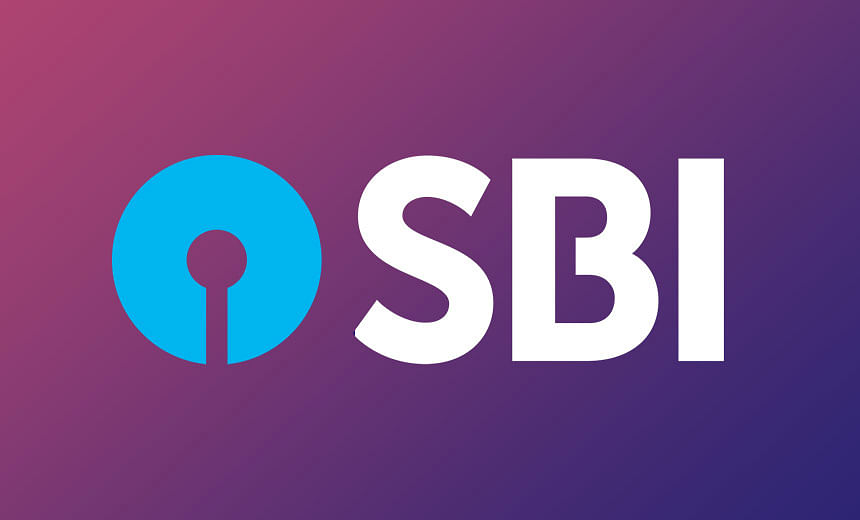
With the general elections due in a couple of months, union Finance Minister P. Chidambaram tried to endear himself to the families that have availed of educational loans from banks.
Presenting the interim budget for 2014-15 in the Lok Sabha Monday, Chidambaram announced a moratorium period for all education loans taken up to March 31, 2009, and outstandings as of March 31, 2013.
He also said the government will take over the liability for outstanding interest as Dec 31, 2013, but the borrower would have to pay interest for the period after April 1, 2014. He said nearly 900,000 student-borrowers would benefit to the tune of around Rs.2,600 crore.
Chidambaram said Rs.2,600 crore will be transferred to Canara Bank, the nodal bank managing the interest subsidy scheme on educational loans. He said the interest subsidy scheme was introduced in 2009-10 for education loans disbursed after April 1, 2009, while students who had borrowed prior to that date deserve some relief.
According to him, the education loan portfolio of nationalised banks as Dec 31, 2013, stands around Rs.57,700 crore in 2,570,254 accounts.
On Sunday, the DMK tried to attract around 25 lakh educational loan borrowers by demanding writing off of educational loans. With the educational loan portfolio growing and bank officials not managing the scheme as per the guidelines, students are put to great difficulty in getting the loans, interest subsidy and other things.
“This has resulted in them contacting politicians and political parties. For the political parties it is easy to demand loan write off and secure votes during elections. I have been expressing such fears to various bank top management,” K.Srinivasan, a former banker and convenor of Educational Loan Tast Force (ELTF), told .
ELTF guides students on rules and regulations governing the education loans offered by nationalised banks. Under the Indian Bank’s Association guideline, loan repayment could be done over a 10-15 year period.
“But banks force the students to pay within three/five years. With the poor economic situation and the lack of employment opportunities, the students are not able to pay huge monthly dues. The banks then classify the accounts as non-performing and give a negative public image about this portfolio,” he said.
With inputs from various Agencies.
Presenting the interim budget for 2014-15 in the Lok Sabha Monday, Chidambaram announced a moratorium period for all education loans taken up to March 31, 2009, and outstandings as of March 31, 2013.
He also said the government will take over the liability for outstanding interest as Dec 31, 2013, but the borrower would have to pay interest for the period after April 1, 2014. He said nearly 900,000 student-borrowers would benefit to the tune of around Rs.2,600 crore.
Chidambaram said Rs.2,600 crore will be transferred to Canara Bank, the nodal bank managing the interest subsidy scheme on educational loans. He said the interest subsidy scheme was introduced in 2009-10 for education loans disbursed after April 1, 2009, while students who had borrowed prior to that date deserve some relief.
According to him, the education loan portfolio of nationalised banks as Dec 31, 2013, stands around Rs.57,700 crore in 2,570,254 accounts.
On Sunday, the DMK tried to attract around 25 lakh educational loan borrowers by demanding writing off of educational loans. With the educational loan portfolio growing and bank officials not managing the scheme as per the guidelines, students are put to great difficulty in getting the loans, interest subsidy and other things.
“This has resulted in them contacting politicians and political parties. For the political parties it is easy to demand loan write off and secure votes during elections. I have been expressing such fears to various bank top management,” K.Srinivasan, a former banker and convenor of Educational Loan Tast Force (ELTF), told .
ELTF guides students on rules and regulations governing the education loans offered by nationalised banks. Under the Indian Bank’s Association guideline, loan repayment could be done over a 10-15 year period.
“But banks force the students to pay within three/five years. With the poor economic situation and the lack of employment opportunities, the students are not able to pay huge monthly dues. The banks then classify the accounts as non-performing and give a negative public image about this portfolio,” he said.
With inputs from various Agencies.








